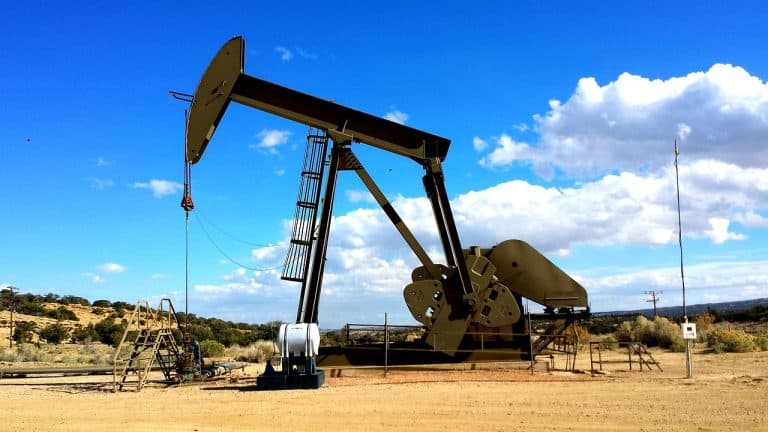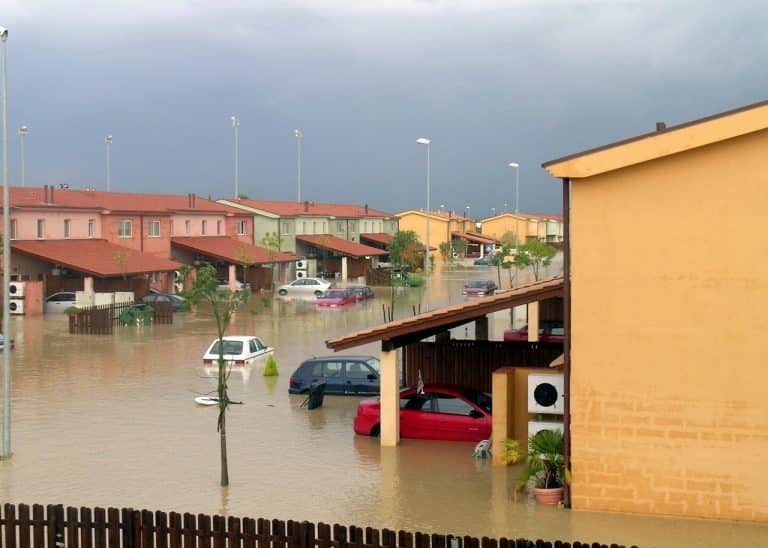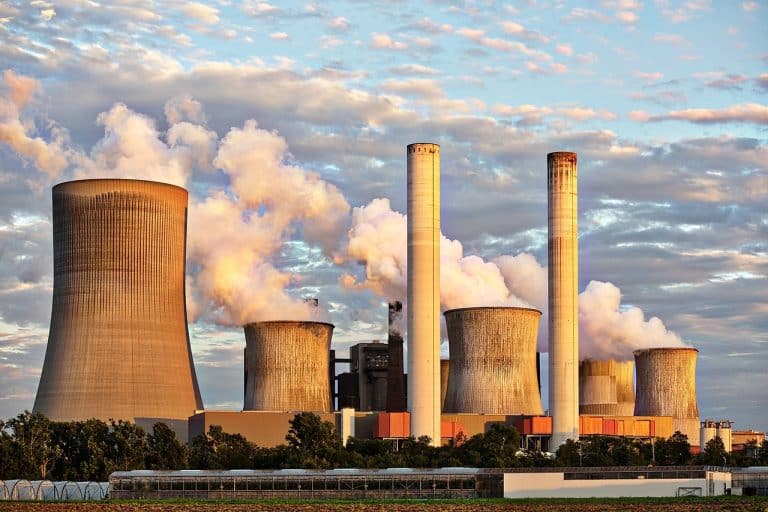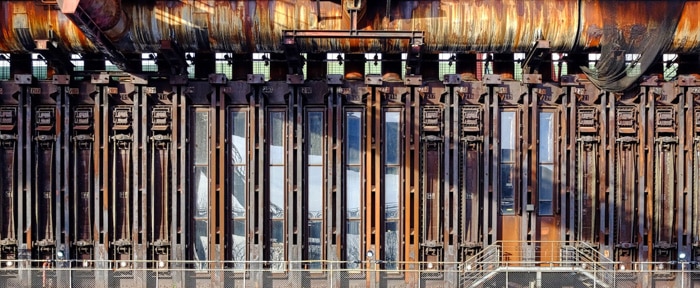EU Carbon prices have been soaring since the COP26 conference. Earlier this week we saw the price go just over €90.
Energy Aspects analyst Trevor Sikorski thinks “its possible prices could head to €100 per ton to get all of the open interest on call options on that strike into the money.”
Lawson Steel, a Berenberg Analyst, expects the carbon contract to reach €110 euros per ton before 2022.
In a daily report, Barbara Lambrecht said, “The escalating situation on the European gas market is additionally driving [carbon] prices up now.”
Other factors could be the expiration of options and tension between Russia and the US.
The European Union’s emissions trading system (ETS) requires airlines, manufacturers, and power companies to pay for each ton of carbon emitted. The EU’s goal is to cut emissions by 55% from 1990 levels by 2030.
The carbon credit industry is booming. Verifications are becoming more accurate, and world leaders have agreed to implement a global standard.
Carbon credits are essentially used by companies to offset their emissions. For every carbon credit purchased, a single metric ton of carbon is offset through an environmental project – such as reforestation.
Experts say the global carbon market could reach $100 billion by 2030 (up from just $300 million in 2018). With the figures for EU carbon up 50% since November alone, expansion is possible.
In conjunction with new technology and increased regulation, carbon offsets have an essential role to play in the fight against climate change.
As these factors work together towards a net-zero future, economies can grow, and the atmosphere can improve – a global win.










